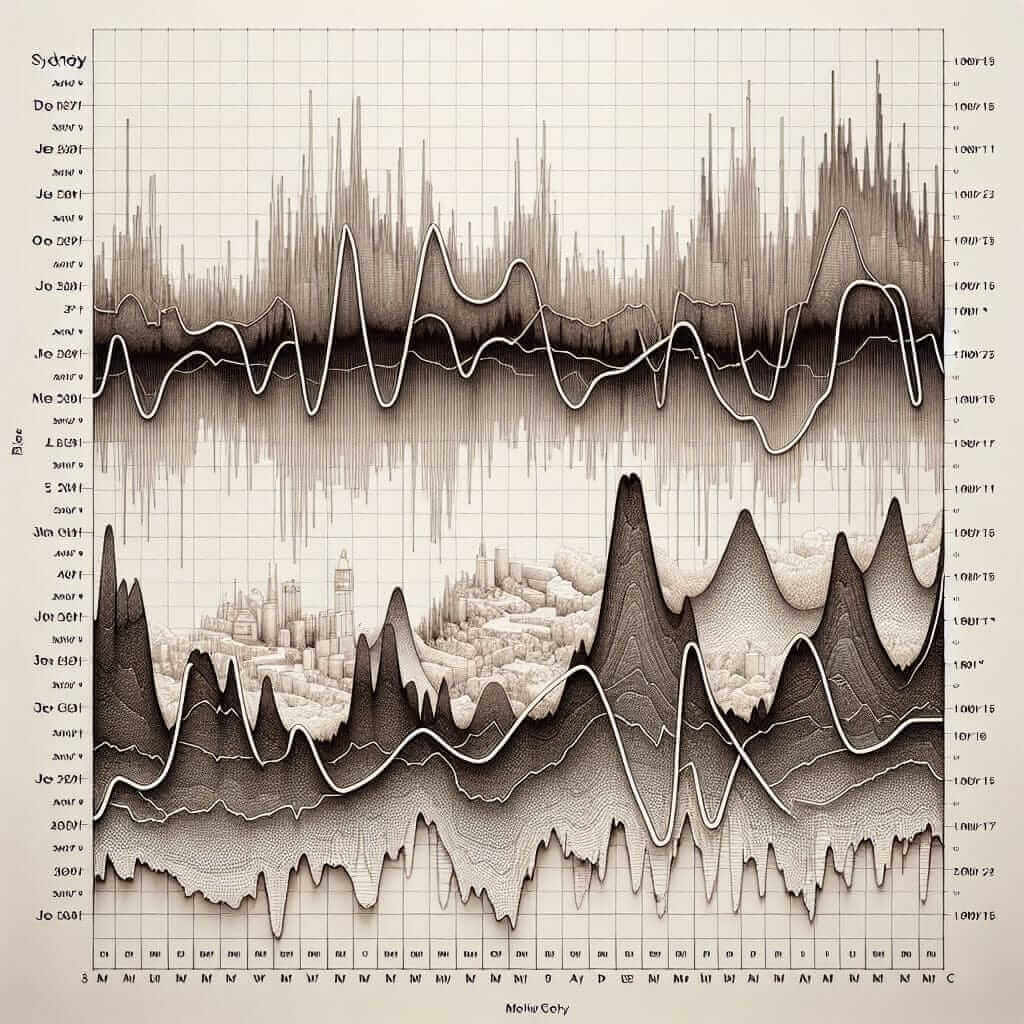For IELTS test-takers, particularly those aiming for a high band score, crafting a compelling introduction for Writing Task 1 is crucial. A well-written introduction not only sets the tone for your response but also demonstrates your ability to paraphrase effectively and highlight key trends in the given data. This guide, drawing on my 20 years of experience as an IELTS instructor, will equip you with the knowledge and strategies to write introductions that impress examiners.
Nội dung bài viết
Understanding the Importance of a Strong Introduction
The introduction serves as the gateway to your Task 1 response. It should immediately convey to the examiner that you’ve understood the provided visual(s) and can present the information in a clear and concise manner. A strong introduction achieves two primary objectives:
- Paraphrasing the Task: It effectively restates the task instructions using your own words, showcasing your vocabulary range.
- Providing an Overview: It offers a general statement about the most significant trends or patterns depicted in the visual(s).
How to Write an Effective Introduction for IELTS Writing Task 1
Follow these steps to construct an introduction that ticks all the boxes:
1. Identify the Type of Visual
The first step is to discern the type of visual you are presented with. Is it a line graph, bar chart, pie chart, table, map, diagram, or a combination? Recognizing the visual type is essential as it influences your choice of vocabulary and overall structure.
2. Paraphrase the Task
Rephrase the key information provided in the task instruction. This demonstrates your lexical resource and ability to avoid simply copying the question. For instance, if the task reads “The graph below shows the population growth of Canada from 1900 to 2000,” your paraphrase could be:
“The line graph illustrates the changes in the Canadian population over a century, from 1900 to 2000.”
3. State the Main Trend(s)
After paraphrasing, provide a general statement about the most noticeable trend(s) or pattern(s) depicted in the visual. Avoid going into specific details here; save that for the body paragraphs. You can use phrases like:
- “Overall, the data indicates…”
- “As can be seen from the chart,…”
- “The most striking feature is…”
For example, if the graph shows a steady increase in the Canadian population, your overview could be:
“Overall, the data indicates a steady upward trend in the population of Canada throughout the 20th century.”
 IELTS Line Graph Temperature Comparison
IELTS Line Graph Temperature Comparison
Example Introduction
Let’s combine the above steps to form a complete introduction:
Task: The graph below shows the average monthly temperatures in London and Sydney.
Introduction: The line graph compares the average monthly temperatures in two major cities: London, United Kingdom and Sydney, Australia. Overall, the data indicates significant variations in temperature patterns between the two cities throughout the year.
Tips for Writing a High-Scoring Introduction
- Keep it Concise: Aim for two to three sentences maximum.
- Use Academic Language: Employ formal vocabulary and avoid contractions or colloquialisms.
- Focus on Accuracy: Ensure your paraphrase and overview are an accurate reflection of the visual data.
- Proofread Carefully: Check for any grammatical errors or spelling mistakes.
Conclusion
Mastering the art of writing effective introductions for IELTS Writing Task 1 is an achievable goal with practice and the right guidance. By following these steps and tips, you can significantly enhance your ability to impress examiners and boost your overall band score. Remember, a strong introduction sets the stage for a well-structured and high-scoring response.


